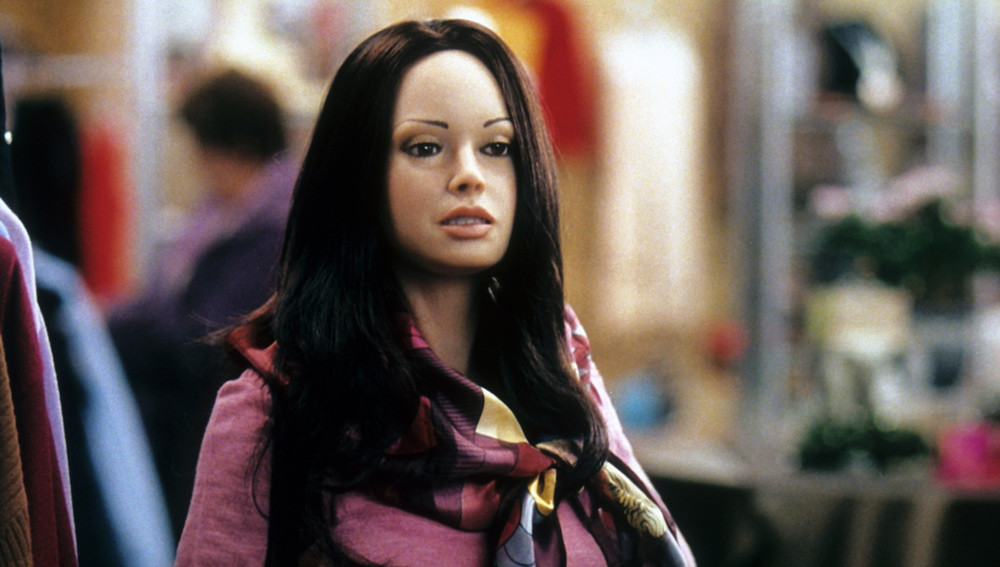
(c) Photofest / Getty Images
``Lars and the Real Girl'' The kindness of ``not curing.'' A “happy lie” that gives you a place to belong
2019.10.24
Shooting where she was treated as an “actress” rather than a doll
And we must not forget another important "actor": Bianca. Although she is a love doll from start to finish, her "humanness" gradually becomes apparent, which is quite strange.
Nine different faces were prepared for Bianca during the filming of this movie. When she first appears, she is wearing heavy makeup as shipped, but as the story progresses, her makeup changes to more The Natural makeup. These devices are used to express the way Bianca becomes accustomed to life with Lars.
What's even more interesting is that Bianca was treated as an "actress" on set. She was given her own trailer, where she wore her own clothes, and when it was time to film her scenes, she would come out in costume.
The dedication of the staff is directly reflected in the townspeople in the film. As mentioned earlier, the greatest appeal of this film is the "kind world" in which the delusions of others are made a reality, and this atmosphere was already created at the filming stage.

"My Bookshop" (c)Photofest / Getty Images
In the world of Lars and the Real Girl, no one criticizes or denies Lars to his face. Rather, the thought process is about how they should change to accept Lars, which creates the film's unique warmth. Although it is very natural for people to feel confused and at a loss as to what to do when Lars treats a love doll like a living person, the people around him have no intention of "persuading" or "appeasing" him from the start. The few heartless voices that do leak out are eclipsed by the kindness of Karin, Dagma, Margo, and others.
The "changes" that come upon the girls themselves are also truly significant. What began as a form of "pretend play" therapy in the hopes of helping Lars get better gradually changes form, and they begin to recognize Bianca as a real person. This is not in an occult sense, as in "everyone believes Bianca is human," but rather that while their perception of Bianca as a doll remains unchanged, they welcome her into the community as a "human." They each "choose" to incorporate Bianca into their daily lives, at their own discretion. Therein lies the major theme of the film.
Rather than forcing people into a "framework" of correct answers or common sense, the film accepts individual values and searches for a way for them to coexist without losing their form. The "salvation" shown in this film, that "it's okay not to understand" and "it's okay to be as you are," is the very image of the diversity advocated by modern society. Twelve years after its release, the film depicts "love your neighbor," which has become even more important than ever.

